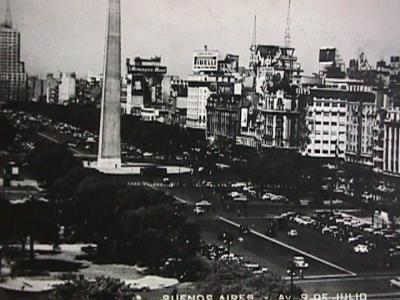Architecture
By 1900 Buenos Aires was one of the twelve world capitals with finest architecture. In terms of growing, Buenos Aires was the third most growing city behind Hamburg and Chicago.
Throughout these years the ever-growing sophisticated architecture aimed to symbolize the country’s prestige and greatness. Back then some of the finest particular and public palaces. For instance, the National mail Postal Office building was designed by the same French architect in charge of designing the New York Postal Office.
Architectural experts who have studied Buenos Aires buildings agree to describe the city’s architecture not as mere copies of the European designs, but a special and authentic view of world major trends that were brought to the Buenos Aires scene transgressing the Old continent’s hard and austere lines. This is a very special and unique feature, for most European architects working in BA projects “felt freer to innovate, adapt, adorn and leave their personal signature”.
The American Utopia in terms of architecture arrived to the new continent through two main port-side cities: New York and Buenos Aires.
From 1880 to 1930, the city of Buenos Aires went through a major makeover –unparalleled elsewhere-. The buildings and sculptured monuments, including public interest areas such as parks and avenues, included in the World’s patrimony list are over 200.
The main European style prevailing throughout those years was to be complemented during the early 20s with innovative styles such as Art nouveau and Art Deco, as well as an aesthetic highly influenced by the archeological discoveries from way back then: Tutankhamen’s tomb discovery and the later discovery of Inca, Mayan and Aztec archeological remains inspired much of the design work. Rectangles and pyramids, double and triple frames and Egyptian and Inca motifs are yet to be found and admired through several barrios that were growing back then, Flores, Caballito and Balvanera. While this cosmopolitan style developed some local architects had also created what they described as “an nationalist architecture” invoking a sort of national style linked to some Spaniard and colonial styles, and the new and modern Buenos Aires neoplaterismo.
Email Bob Frassinetti.
The Buenos Aires Art
Dealer,Argentina.
Bob Frassinetti. Copyright 2005. Roberto Dario Frassinetti.
« previous
|
next »
The heart of Buenos Aires
Email Bob Frassinetti.
The Buenos Aires Art
Dealer,Argentina.
Bob Frassinetti. Copyright 2005. Roberto Dario Frassinetti.





